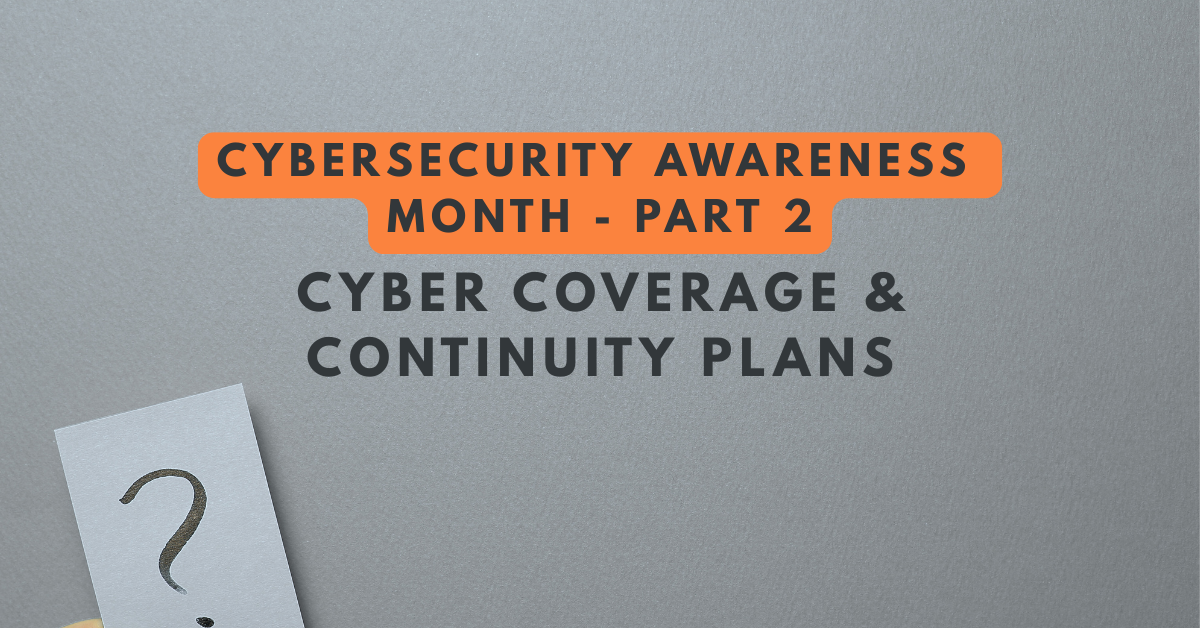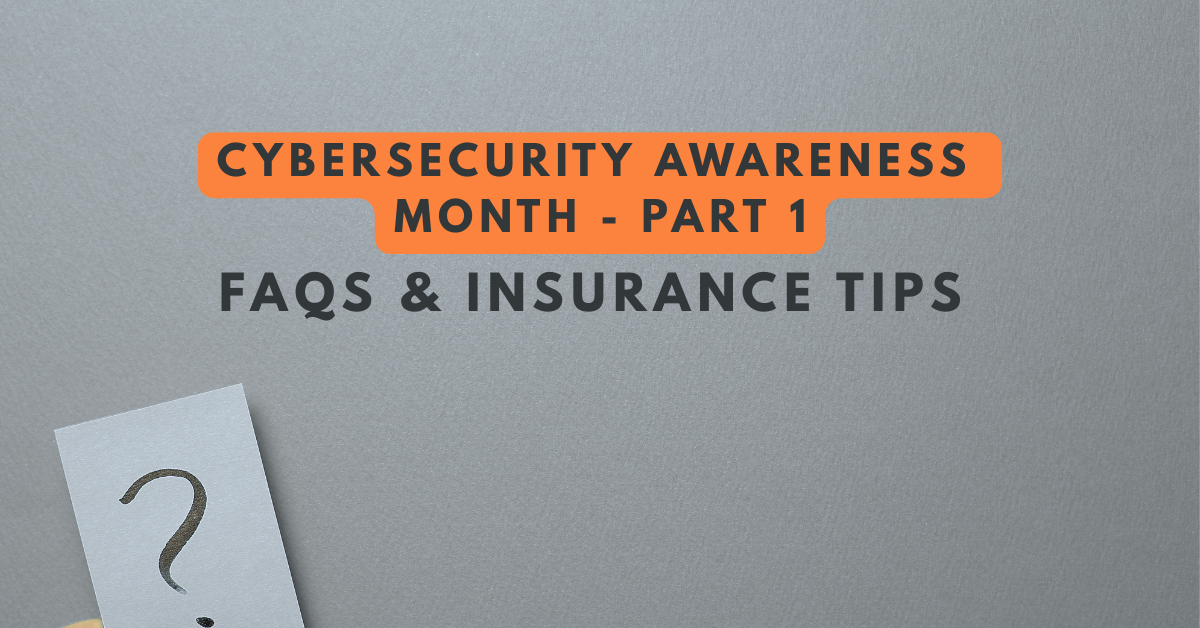Closing the Gaps: Understanding and Mitigating Action Over Exclusions
See How We're Different
or call us: (858) 384‑1506
Liability exclusions can be a minefield for businesses, especially in industries like construction, where risk is part of the job. Among the most misunderstood are the “Action Over Exclusion” and “Third-Party Action Over Exclusion” found in General Liability policies. These exclusions often come into play when an employee is injured on the job, and the ripple effects lead to lawsuits involving third parties like general contractors or property owners.
Why does this matter? These exclusions can expose businesses to significant financial risk if not adequately understood or addressed. For example, when an injured worker sues a third party, and that third party seeks indemnification from the employer, the employer’s liability policy may deny coverage due to these exclusions. The result? A potential coverage gap that could cost businesses millions.
This blog will explain what these exclusions mean, how they work, and why they’re critical to understand. We’ll also explore real-world case studies and practical strategies to mitigate the risks they pose. Whether you’re a contractor, property owner, or insurance professional, this is a topic you can’t afford to ignore. Let’s dive in.
Explanation of Action Over and Third-Party Action Over Exclusions
What Are Action Over and Third-Party Action Over Exclusions?
Action Over and Third-Party Action Over Exclusions are provisions in Commercial General Liability (CGL) policies that limit or exclude coverage for certain types of claims involving employee injuries. These exclusions are particularly relevant in industries like construction, where subcontractors and general contractors often work together under complex contractual arrangements.
- Action Over Exclusion: This exclusion typically applies when an employee of a subcontractor is injured on the job and sues a third party—such as the general contractor or property owner—alleging negligence. The exclusion prevents the CGL policy from covering the third party’s liability, even if the subcontractor has agreed to indemnify and defend them.
- Third-Party Action Over Exclusion: This type of Action Over Exclusion focuses on situations where the injured employee sues a third party, who then seeks indemnification or contribution from the employer. The exclusion bars coverage for the employer’s liability in such scenarios.
How Do They Work?
These exclusions shift the financial burden of certain claims away from the insurer and onto the insured or other parties. For example:
- If a subcontractor’s employee is injured and sues the general contractor, the general contractor may seek coverage under the subcontractor’s CGL policy. However, if the policy includes an Action Over Exclusion, the insurer may deny coverage, exposing the general contractor.
- Similarly, in a Third-Party Action Over scenario, the subcontractor’s insurer may refuse to cover the subcontractor’s liability for indemnifying the general contractor, citing the exclusion.
Why Are They Relevant?
These exclusions are critical because they can create significant coverage gaps, leaving businesses financially vulnerable. They are particularly relevant in high-risk industries like construction, where employee injuries are more common and contractual risk transfer mechanisms are frequently used. Understanding these exclusions helps businesses:
- Identify potential coverage gaps in their policies.
- Negotiate contracts and insurance terms more effectively.
- Implement risk management strategies to mitigate exposure.
By grasping the nuances of these exclusions, businesses can better protect themselves against unexpected liabilities and ensure their insurance programs align with their risk profiles. The following section will explore a real-world case study to illustrate how these exclusions play out in practice.
Case Study: Gilbane Building Co. v. Empire Steel Erectors
To understand the real-world implications of Action Over and Third-Party Action Over Exclusions, let’s examine the case of Gilbane Building Co. v. Empire Steel Erectors, L.P., 691 F. Supp. 2d 712 (S.D. Tex. 2010). This case highlights how courts interpret policy language and the potential coverage gaps these exclusions can create.
The Scenario:
An employee of a subcontractor was injured on a construction site while climbing down a ladder. Heavy rains created muddy conditions, causing the worker’s shoes to become slippery. The injured worker sued the general contractor, Gilbane Building Co., for negligence. Gilbane sought coverage as an additional insured under the subcontractor’s Commercial General Liability (CGL) policy, which included an endorsement requiring that injury or damage be caused “in whole or in part” by the subcontractor’s acts or omissions.
The Insurer’s Denial:
The insurer denied coverage, arguing that the lawsuit did not allege any fault on the subcontractor’s part. They claimed the injury was unrelated to the subcontractor’s actions, so the additional insured endorsement did not apply.
The Court’s Ruling:
The court disagreed with the insurer. It noted that while the injured worker’s lawsuit did not explicitly allege negligence by the subcontractor, the muddy conditions at the job site allowed for an inference of possible negligence by the subcontractor or its employees. The court emphasized that ambiguities in policy language must be resolved in favor of coverage. As a result, the court found that the insurer had a duty to defend Gilbane under the additional insured endorsement.
Key Takeaways:
- Policy Language Matters: The “caused in whole or in part” language in the additional insured endorsement was critical. It allowed for broader coverage compared to older “sole negligence” exclusions.
- Ambiguities Favor the Insured: Courts often resolve ambiguities in policy language in favor of coverage, especially when there’s a plausible connection between the named insured’s actions and the injury.
- Risk of Coverage Gaps: Without careful review of policy language, businesses may face unexpected coverage denials, leaving them financially exposed.
This case underscores the importance of understanding how Action Over and Third-Party Action Over Exclusions operate in practice. In the next section, we’ll explore practical strategies to mitigate these risks and ensure your business is protected.
Practical Strategies to Mitigate Risks and Close Coverage Gaps
To effectively address the risks posed by Action Over and Third-Party Action Over Exclusions, businesses must take proactive steps to ensure their insurance programs provide adequate protection. Here are actionable strategies:
1. Conduct a Comprehensive Policy Review
- Evaluate Exclusions: Carefully review all exclusions in your CGL policy, particularly those related to employee injuries and indemnity agreements.
- Assess Coverage Limits: Ensure your policy limits sufficiently cover potential high-cost claims, especially in construction-related industries.
2. Add Supplemental Coverage
- Umbrella or Excess Liability Policies: These can provide additional limits to cover gaps left by exclusions in the primary policy.
- Endorsements: Consider endorsements like Owners and Contractors Protective Liability (OCP) or Additional Insured endorsements tailored to your operations.
3. Strengthen Contractual Risk Transfer
- Indemnity Agreements: Ensure contracts with subcontractors include clear indemnity clauses that transfer liability appropriately.
- Insurance Requirements: Mandate that subcontractors carry adequate coverage, including policies without Action Over Exclusions.
4. Implement Risk Management Practices
- Safety Protocols: Reduce the likelihood of employee injuries through robust safety training and compliance programs.
- Claims Monitoring: Regularly review claims data to identify trends and adjust policies or practices accordingly.
By combining these strategies, businesses can minimize exposure and ensure their insurance programs align with risk profiles.
Take the Next Step Toward Comprehensive Coverage
Action Over and Third-Party Action Over Exclusions can leave your business vulnerable to significant financial risks. Still, the good news is that these gaps can be prevented with the right strategies. By proactively reviewing your policies, strengthening your contracts, and implementing effective risk management practices, you can confidently safeguard your operations and focus on growth. Ready to take the next step? Fill out this form to schedule a free consultation and ensure your coverage aligns with your business needs. Proper protection isn’t just about avoiding risks—it’s about building peace of mind for the future.







